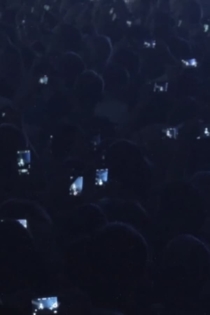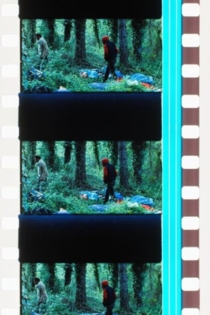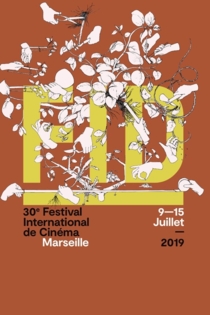
Clément Cogitore
2021L'intervalle de résonance
Clément Cogitore
The starting point of the video installation devised by Cogitore is based on two unexplained phenomena having physical origins : the supposed perception of sounds emitted by the Northern Lights, and the appearance of a mysterious luminous object in Alaska. In both cases, superstitions and the Inuit and Saami belief systems have disturbed the quest for scientific explanations.
L'intervalle de résonance
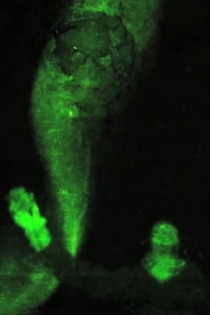
Chroniques
Clément Cogitore
Bénédicte Cerutti, Roland Stehlin
A filmic essay/poem blending fictional images and archival footage from the Pathé and Gaumont collections from the early XXth century. Based on two figures/characters and paced by their interior monologues, Chroniques explores the mythologies of exile and exodus. From the grain of stock footage to the pixel of digital image, this film peruses the history of Europe the way we peruse a family photo album : between personal account and fictionalization.
Chroniques

Memories
Harun Farocki, Pedro Costa
Alfredo Mendes, José Alberto Silva
Previously focused on Asian directors, “Jeonju Digital Project 2007” takes a look at Europe. The Portuguese filmmaker Pedro Costa, the German filmmaker Harun Farocki, and the French filmmaker Eugène Green participated in this project.
Memories
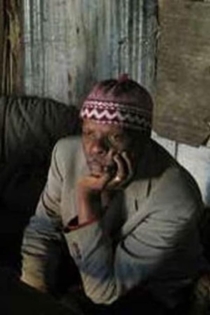
Indes galantes
Philippe Béziat
Clément Cogitore
Stéphane Lissner, director of the Paris Opera, entrusts the staging of the opera-ballet Les Indes galantes to the visual artist Clément Cogitore. Based on the experience of his short film Les Indes galantes, the artist updates Jean-Philippe Rameau's baroque masterpiece (1735) by bringing together lyric song and urban dance. The choreography is entrusted to Bintou Dembélé who supervises dancers from krump, popping, voguing or even experimental hip hop. From rehearsals to the Premiere, Philippe Béziat films the meeting of urban dancers with the lyric institution and invites the spectator to share a human and artistic experience.
Gallant Indies
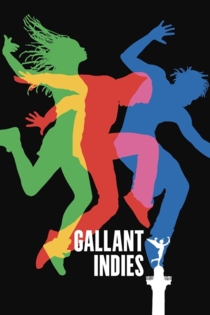
Les Indes Galantes
Clément Cogitore
Les Indes Galantes (The amorous indies), is an opera-ballet created by Jean Philippe Rameau in 1735. He was inspired for one of the dance by tribal Indian dances of Louisiana performed by Metchigaema chiefs, in Paris in 1723. Clément Cogitore adapts a short part of the ballet by mobilizing a group of Krump dancers, an art form born in Los Angeles black ghetto in the 1990s. Its birth occurred in the aftermath of the beating up of Rodney King and the riots, as well as police repression it triggered. Amidst this coercive atmosphere, young dancers started to embody the violent tensions of the physical, social and political body. Both the tribal dance performed in Paris in 1723, and the rebelious Krump dancers of the 1990s shape a reenactment of Rameau’s original libretto, staging young people dancing on the verge of a volcano.
The Amorous Indies
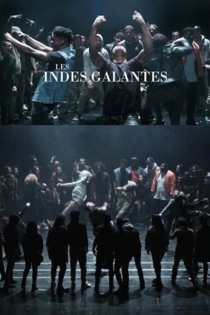
Braguino
Clément Cogitore
In the middle of the Siberian taiga, 450 miles from the nearest village, live two families : the Braguines and the Kilines. Not a single road leads there. A long trip on the Ienissei River, first by boat, then by helicopter, is the only way to reach Braguino. Self-sufficient, both families live there according to their own rules and principles. In the middle of the village: a barrier. The two families refuse to speak. In the river sits an island, where another community is being built : that of the children. Free, unpredictable, wild. Stemming from the fear of the other, that of wild beasts, and the joy procured by the immensity of the forest, unravels a cruel tale in which tensions and fear give shape to the geography of an ancestral conflict.
Braguino
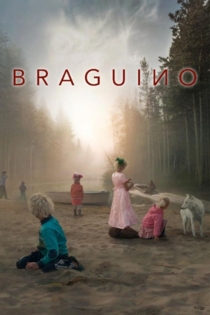
La Sapienza
Eugène Green
Fabrizio Rongione, Christelle Prot
The story is one of an architect that has lost his inspiration and goes looking for those motivations that pushed him as a youngster to take up the profession. Inspiring him was the baroque movement and all of its artifices: the Guarini in Turin and the Borromini in Rome. The film’s central story ends up being the love story that develops between architecture, artistic inspiration and feelings.
La Sapienza
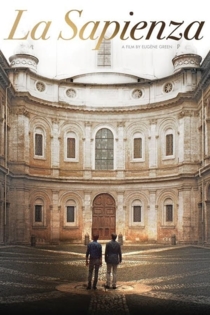
Ni le ciel, ni la terre
Clément Cogitore
Jérémie Renier, Swann Arlaud
Afghanistan, 2014. As the withdrawal of troops approaches, Captain Antarès Bonassieu and his squad have been assigned a surveillance mission in a remote valley of Wakhan, on the border of Pakistan. Despite Antarès and his men’s determination, control of the secluded valley will slowly fall out of their hands. One dark night, soldiers begin to mysteriously disappear in the valley.
Neither Heaven Nor Earth

VISITÉS
Clément Cogitore
Fabrice Castajon, Barthélémy Guillemard
She losses her sight. Once back among friends and family: blindness, isolation and a strange perception of the bodies around her. Rejection of this changes and an abrupt decision to put an end to it all. In the peacefulness of early morning, the terms of a new shared existence take shape.
Visités

Bielutine
Clément Cogitore
Tucked away in their Moscow apartment, Ely and Nina Bielutine jealously guard one of the most significant and mysterious Renaissance art collections in Russia. Surrounded by their crow and cats, under the watchful eye of Leonardo da Vinci, Michelangelo and Rubens, Ely and Nina live in a world of their own, a fictional realm where art and lies have gradually gotten the upper hand over reality.
Bielutine

The Evil Eye
Clément Cogitore
The sense of rituals and the manifestation of the sacred has underpinned all of Clément Cogitore's oeuvre, inspired by gatherings, communal phenomena, and the expression of beliefs of today, be they erratic or diffuse, or without a defined subject. The spread of images and the way in which they have become commonplace constitute the off-screen "narrative" of this approach: the artist confronts and responds to this with a visual intensity and a sense for storytelling that borders on the fantastic.
The Evil Eye
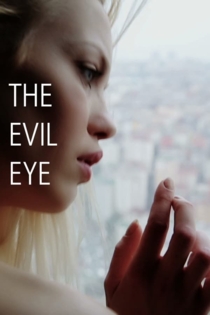
Élégies
Clément Cogitore
Hundreds of small luminous screens float above a human sea : a concert audience takes pictures with their cell phones of a scene outside the frame. Like the subtitles of an absent song, or the inner voice of an invisible narrator, verses from R.M. Rilke’s "Duino Elegies" punctuate this enormous collective wave of energy redolent of a digital ceremony.
Élégies
